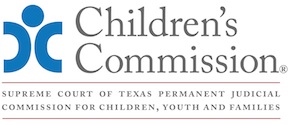B. The Single Source Continuum Contractor
Generally, an SSCC is a non-profit organization which has a focus on child welfare and by law must be formed as a charitable organization. A local governmental entity can also serve as an SSCC. As part of the readiness process, DFPS is required to consider whether an SSCC has demonstrated experience in providing services to children and families in the community area.[289] As part of an application to secure a contract for CBC, each SSCC must develop a Community Engagement Plan that includes details about how the SSCC will involve faith-based entities, the judiciary, CASA, Child Advocacy Centers (CAC), service providers, foster families, biological parents, youth currently and formerly in foster care, relatives, child welfare boards, attorneys for both children and parents, and any other stakeholder the SSCC wants to include. Formation as a charitable organization provides limited legal protection to the SSCC under Tex. Civ. Prac. & Rem. Code Chapter 84. The legal protections are limited to acts or omissions that occur while the entity or person is acting within the course and scope of the entity's contract with the Department as well as services provided and the person's duties for the entity and only if insurance coverage in the minimum amounts required by Tex. Civ. Prac. & Rem. Code Chapter 84 are in force and effect at the time of the cause of action for personal injury, death, or property damage accrues.
